Apple’s Stock Price Is Too Cheap to Ignore
With a low valuation, a ridiculously rich balance sheet and a new iPhone on the way, Apple shares should reward patient investors.

Buy a gleaming new iPhone and you won’t find an instruction manual in the box. Shares of Apple (symbol AAPL, $94.09) don’t come with one, either, though investors may wish they had one.
Few stocks are as confounding as Apple. The world’s most valuable company—worth $521.7 billion—is hauling in some $50 billion in revenues every three months. It sits on $216 billion in cash and securities. And it earned a record $18.4 billion in the three-month period that ended December 26, 2015. No other company comes close to numbers that titanic.Yet Apple’s gargantuan size may be its greatest obstacle. The iPhone has long been the firm’s biggest product, accounting for 68% of its revenues in the last quarter. But so many people now own the device—with more than 500 million sold around the world—that sales growth may have peaked. Although Apple sold 74.8 million iPhones in its latest quarter, sales were flat compared with the same period a year earlier. Revenues from iPads and Mac computers slumped. And sales of ancillary products, such as Apple’s streaming TV box and watch—up 62%, to $4.4 billion—aren’t big enough to nudge the bottom line. Moreover, Apple predicts an 11% year-over-year decline in revenues for the three-month period ending this March—its first quarterly sales slide in 13 years.
All of this has weighed heavily on Apple’s stock. On January 27, the day after Apple released its latest earnings report, the stock fell 6.6%. All told, the shares have fallen 29% since they closed at $133 on February 23, 2015. Over the same period, Standard & Poor’s 500-stock index has dropped 10%. (Returns, which include dividends, and current prices are as of January 28.)Does the pullback make the stock worth buying? Based on traditional valuation measures, shares do look cheap, trading at a bit more than 10 times estimated earnings for calendar year 2016. That’s about one-third less than the price-earnings ratio of 15 for the S&P 500. Apple also looks like a bargain compared with other tech firms. Google’s parent company, Alphabet (GOOGL, $748.30), trades at 22 times estimated 2016 earnings. Facebook (FB, $109.11) clocks in with a P/E of 38.

Sign up for Kiplinger’s Free E-Newsletters
Profit and prosper with the best of expert advice on investing, taxes, retirement, personal finance and more - straight to your e-mail.
Profit and prosper with the best of expert advice - straight to your e-mail.
Of course, Alphabet and Facebook are generating much-faster earnings growth. Forecasts for Apple aren’t nearly as positive in the near term. Analysts see earnings dipping 0.4%, to $9.18 per share, in the current fiscal year. Profits should pick up thereafter, climbing about 9% annually over the next two fiscal years, according to the average of analysts’ estimates.To Apple’s fans on Wall Street, the firm is wading through a temporary slowdown. On January 27, UBS analyst Steve Milunovich cut his 12-month price target from $130 to $120. But he maintained his “buy” rating, arguing that the stock’s P/E ratio should inch up as Apple’s earnings improve with the rollout of the iPhone 7, expected this fall. At the current share price, he says, “the bottom may not be far away.”
Although some growth funds have bailed on the stock—which may now be more appealing to value investors—some growth-stock pickers still like Apple’s chances. Michael Sansoterra, comanager of the RidgeWorth Large Cap Growth Stock Fund (STCFX), says he trimmed his stake in the stock last fall. But it’s still his top holding, and he views it as a good long-term bet. The bullish case, he says, is that Apple’s stock is settling into a predictable boom-bust pattern based on iPhone product cycles. Although the firm comes out with a new version of the device every year, it only changes significantly every two years. Sales of the current in-between generation, the iPhone 6s, have been lackluster, pulling the stock down.
But history suggests this may be a buying opportunity. In 2013, Apple’s stock lagged the market after the firm made minimal changes to the iPhone 5's successor. The shares returned 7.6% that year, compared with a 32.4% surge for the S&P 500. In 2014, the stock took off, climbing 40% as investors anticipated the launch of the iPhone 6, a larger-screen device that became a blockbuster.
Whether that pattern will repeat itself is debatable. The smartphone market is now more saturated and competitive. Apple’s pricey phones may have a tougher time fending off rivals. Profit margins have slipped as the company’s sales mix has included more lower-end phones and products that aren’t as profitable as the iPhone. The firm is also grappling with the impact of a strong dollar (which makes earnings in foreign currencies worth less when converted to greenbacks). Even if the iPhone 7 becomes a big hit, a slowdown in China, where Apple continues to see strong growth, could result in weaker sales of iPhones and other goods.
Still, Apple’s hefty advantages aren’t going away. The company now says it has 1 billion “active devices” in use worldwide. That’s an enormous base of products that Apple can use to sell more software, services and hardware upgrades. Apple can also deploy its financial muscle to buy back more shares, hike its dividend (the stock yields 2.2%, a bit higher than the overall market) or make some acquisitions. New services and products, such as Apple’s new streaming TV device and watch, should eventually help its bottom line, too.
All in all, Apple’s stock should gradually recover from here, says Sansoterra. At the current price, “the stock is just about washed out,” he adds. “It’s not the buy-and-hold stock it was 10 years ago. But it’s lined up nicely for the next 12 to 18 months.”
Get Kiplinger Today newsletter — free
Profit and prosper with the best of Kiplinger's advice on investing, taxes, retirement, personal finance and much more. Delivered daily. Enter your email in the box and click Sign Me Up.

-
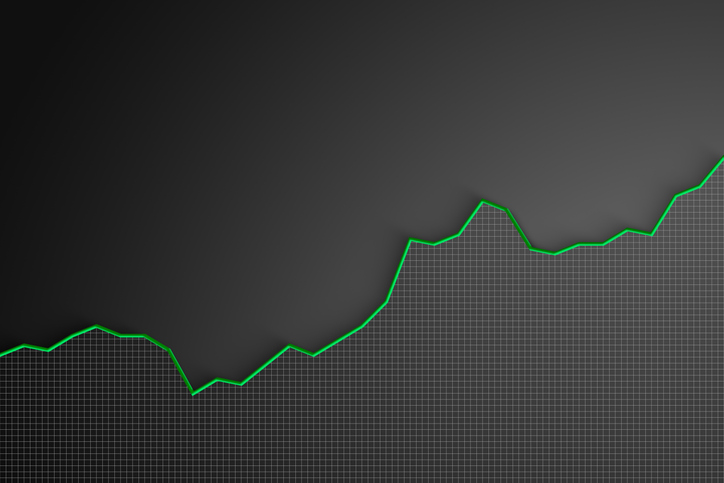 Stock Market Today: Stocks Soar on China Trade Talk Hopes
Stock Market Today: Stocks Soar on China Trade Talk HopesTreasury Secretary Bessent said current U.S.-China trade relations are unsustainable and signaled hopes for negotiations.
By Karee Venema
-
 2026 Disney Dining Plan Returns: Free Dining for Kids & Resort Benefits
2026 Disney Dining Plan Returns: Free Dining for Kids & Resort BenefitsPlan your 2026 Walt Disney World vacation now. Learn about the returning Disney Dining Plan, how kids aged three to nine eat free, and the exclusive benefits of staying at a Disney Resort hotel.
By Carla Ayers
-
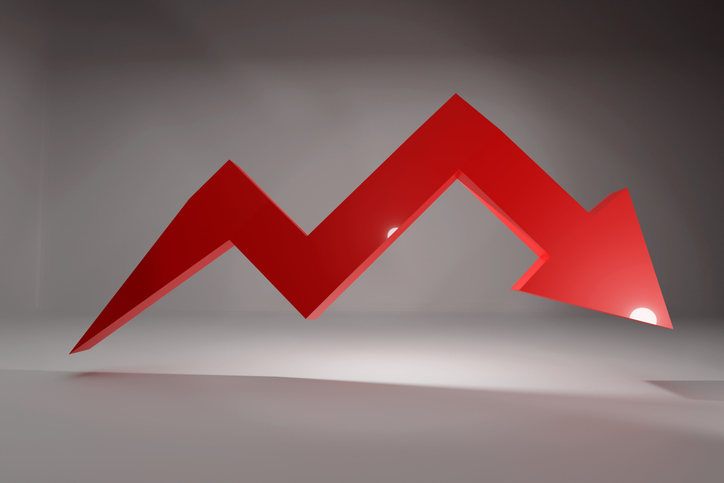 Stock Market Today: Dow Drops 971 Points as Powell Pressure Ramps Up
Stock Market Today: Dow Drops 971 Points as Powell Pressure Ramps UpPresident Trump is increasing his attacks against Jerome Powell, insisting the Fed chair cut interest rates.
By Karee Venema
-
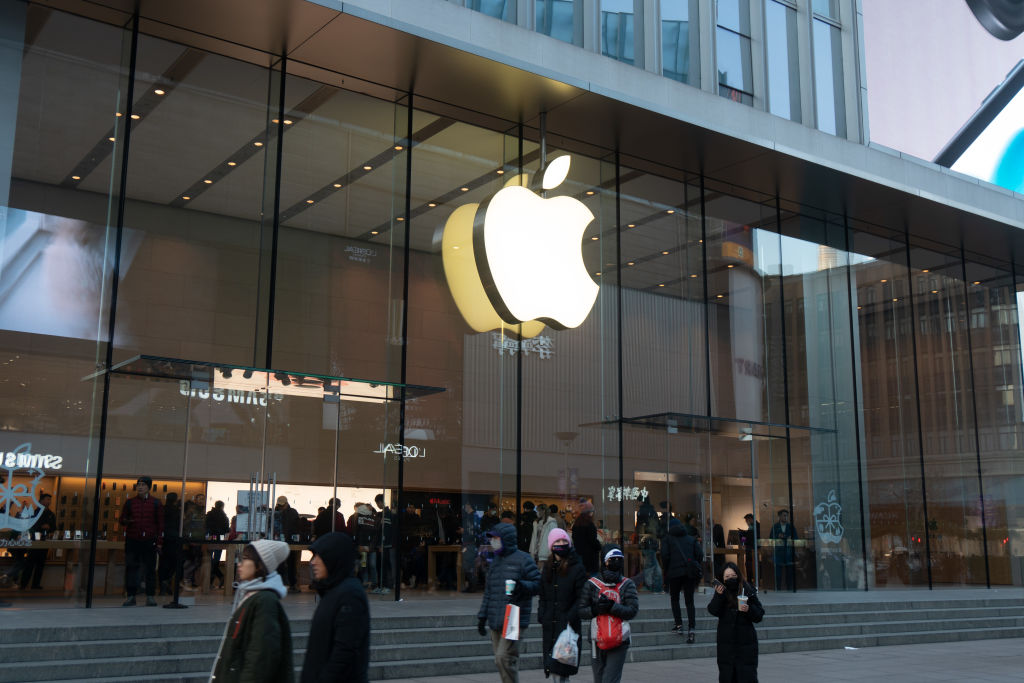 Wall Street Is Worried About Apple Stock. Should You Be, Too?
Wall Street Is Worried About Apple Stock. Should You Be, Too?Analysts expect Trump's sweeping tariffs to have an outsized impact on Apple stock. How concerned should investors be?
By Karee Venema
-
 The Stock Market Is Selling Off. Here's What Investors Should Do
The Stock Market Is Selling Off. Here's What Investors Should DoInvestors started fleeing the equities market en masse in response to the Trump administration's "jaw-dropping" tariffs. But the experts say don't panic.
By Karee Venema
-
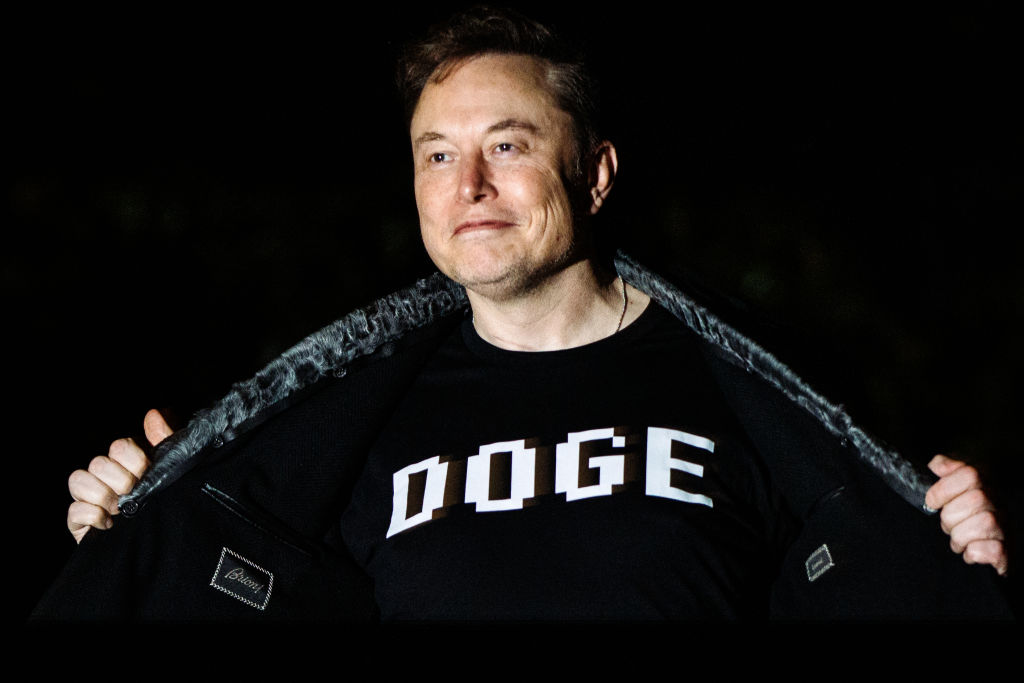 Should You Sell Tesla Stock as Elon Unrest Grows?
Should You Sell Tesla Stock as Elon Unrest Grows?Tesla's CEO is wearing many hats and is managing them "with great difficulty."
By David Dittman
-
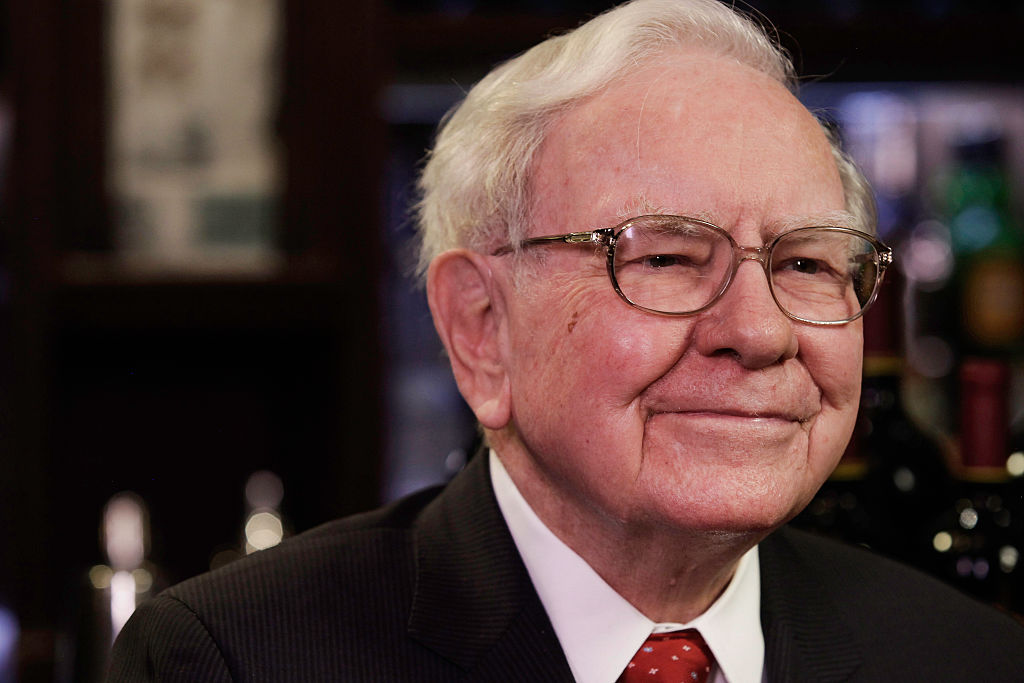 5 of Warren Buffett's Best Investments
5 of Warren Buffett's Best InvestmentsWarren Buffett has had plenty of wins throughout his decades of investing. Here, we highlight five of Buffett's best investments.
By Kyle Woodley
-
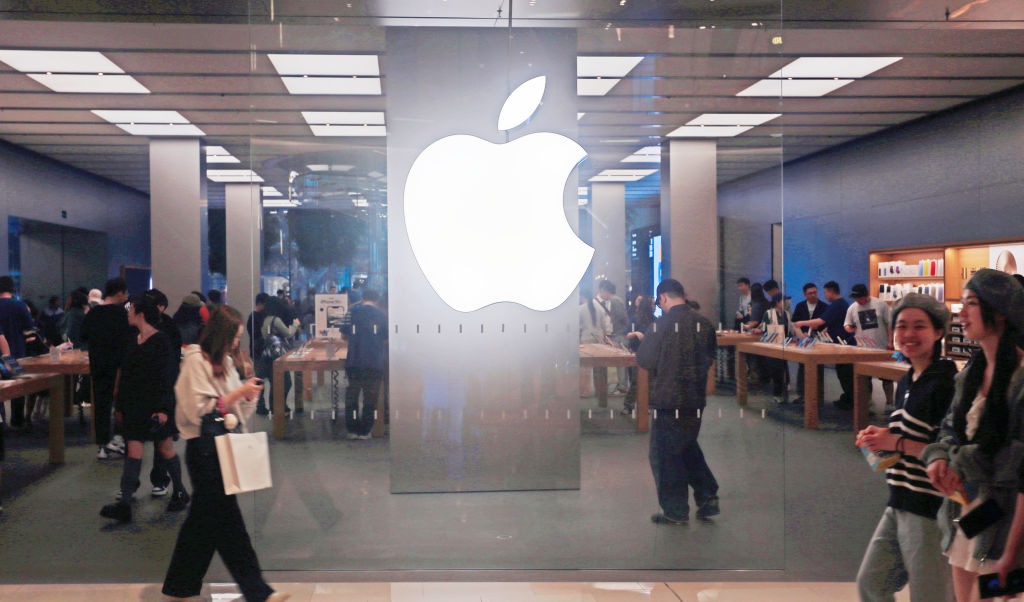 Apple's 100,000% Return Is a Result of Innovation, Brand Loyalty and Buybacks
Apple's 100,000% Return Is a Result of Innovation, Brand Loyalty and BuybacksApple spends billions buying back its own shares, but this is just one catalyst behind the incredible growth in its share price.
By Louis Navellier
-
 Stock Market Today: Stocks Struggle After Trump's EU Tariff Threats
Stock Market Today: Stocks Struggle After Trump's EU Tariff ThreatsStocks pared early gains after Trump threatened the European Union with 25% tariffs.
By Karee Venema
-
 Stock Market Today: Dow Gains After Nike Gets Upgraded
Stock Market Today: Dow Gains After Nike Gets UpgradedJefferies thinks Nike's new CEO will spark a turnaround in the beaten-down blue chip.
By Karee Venema